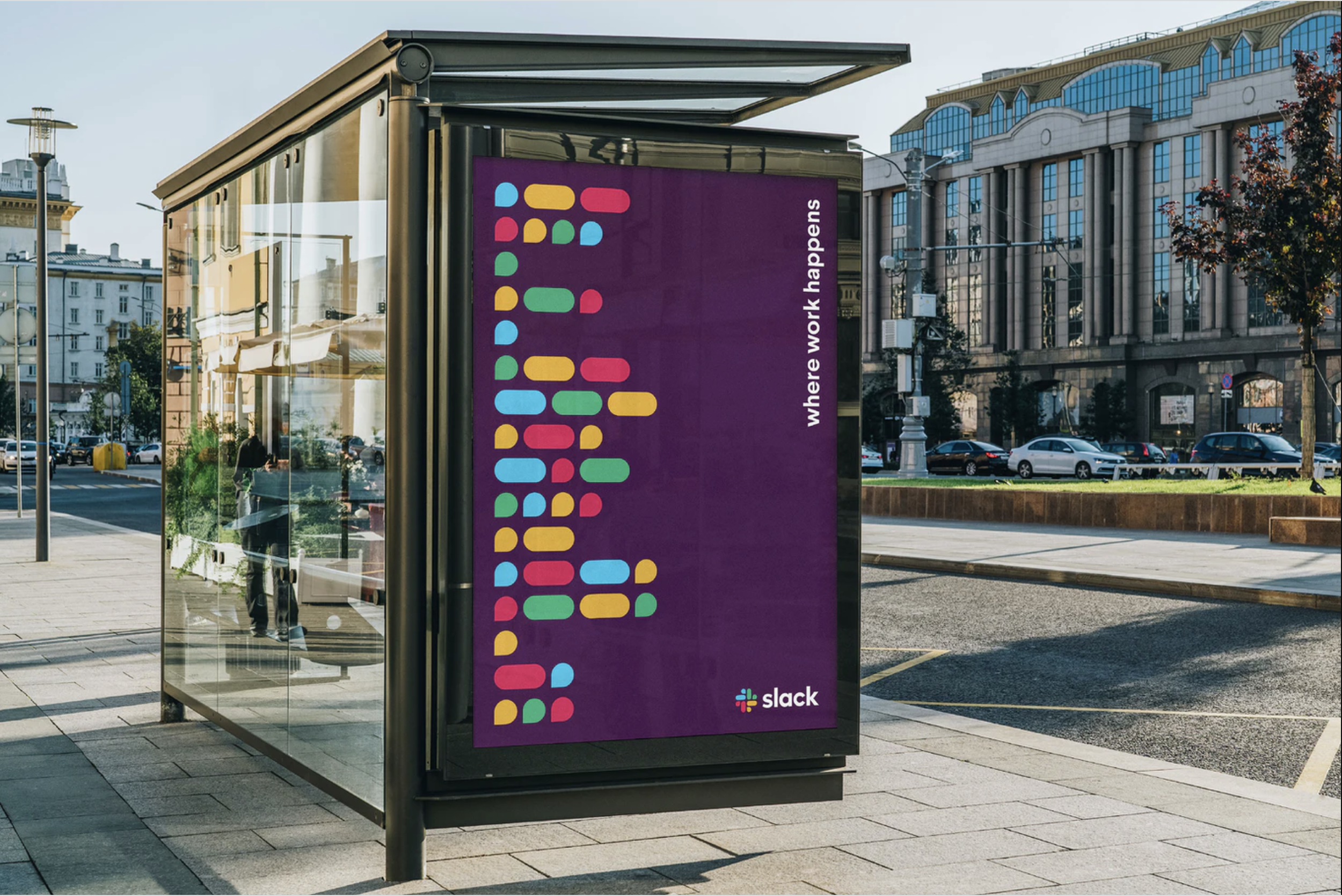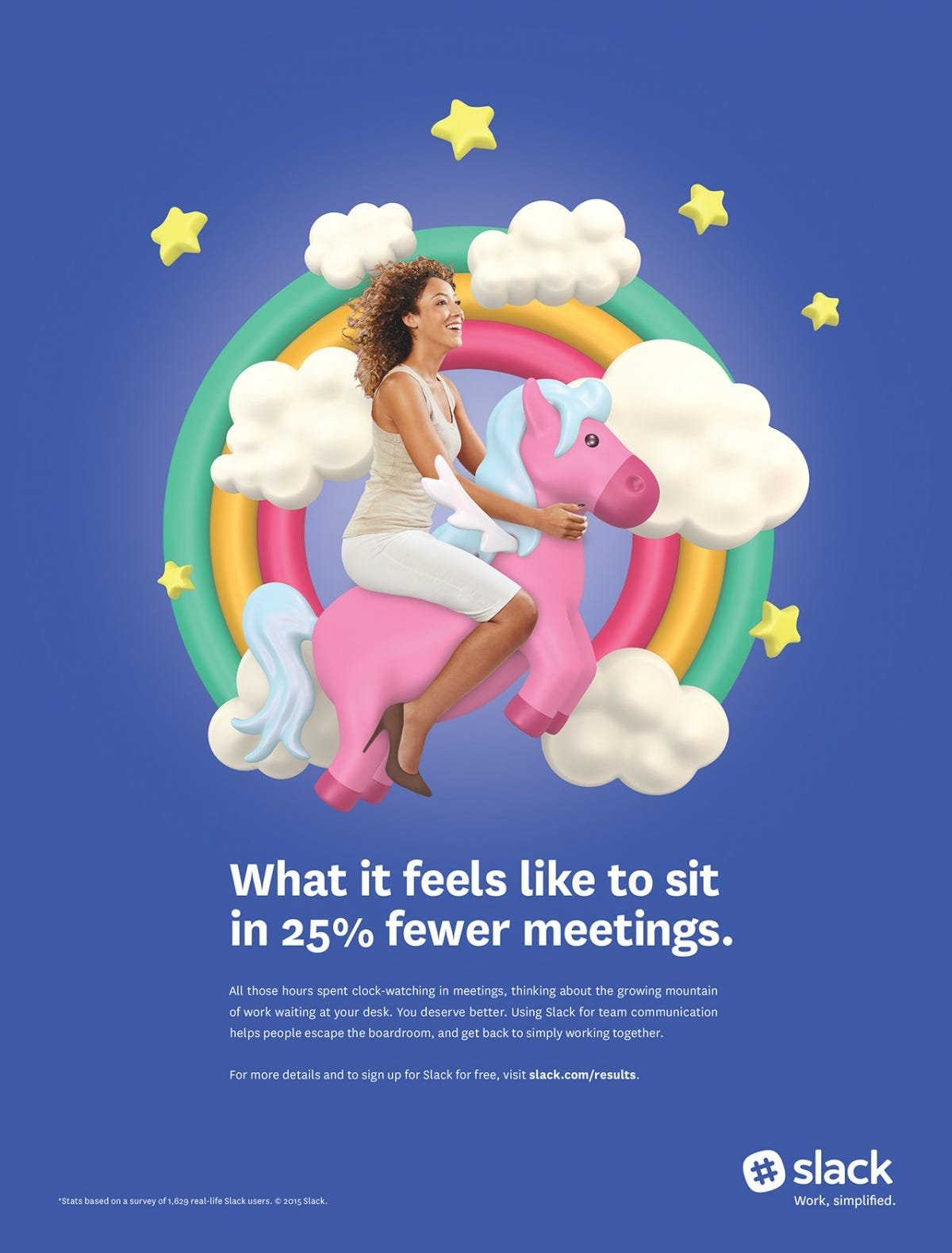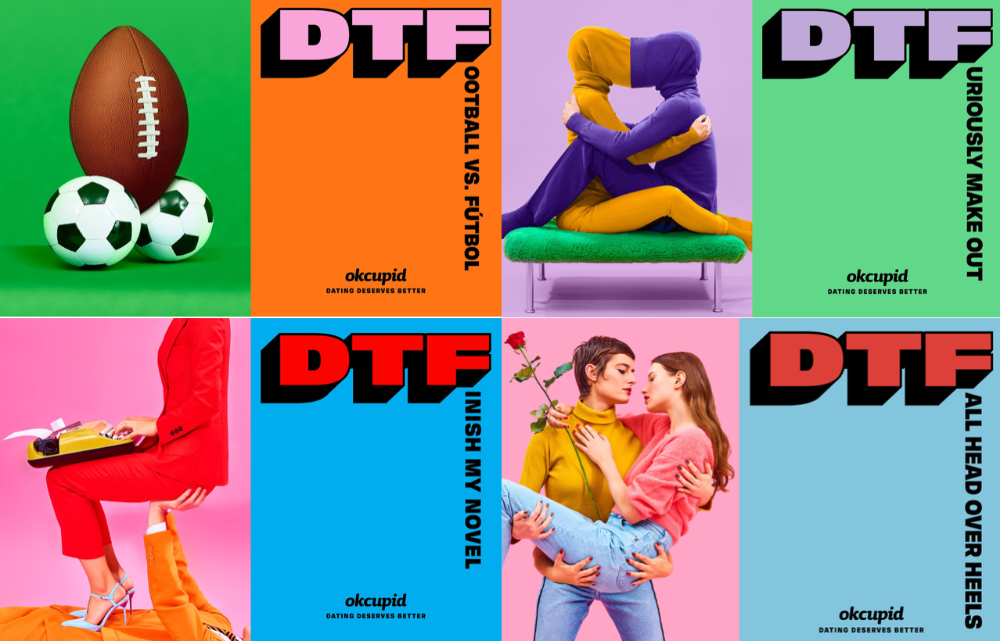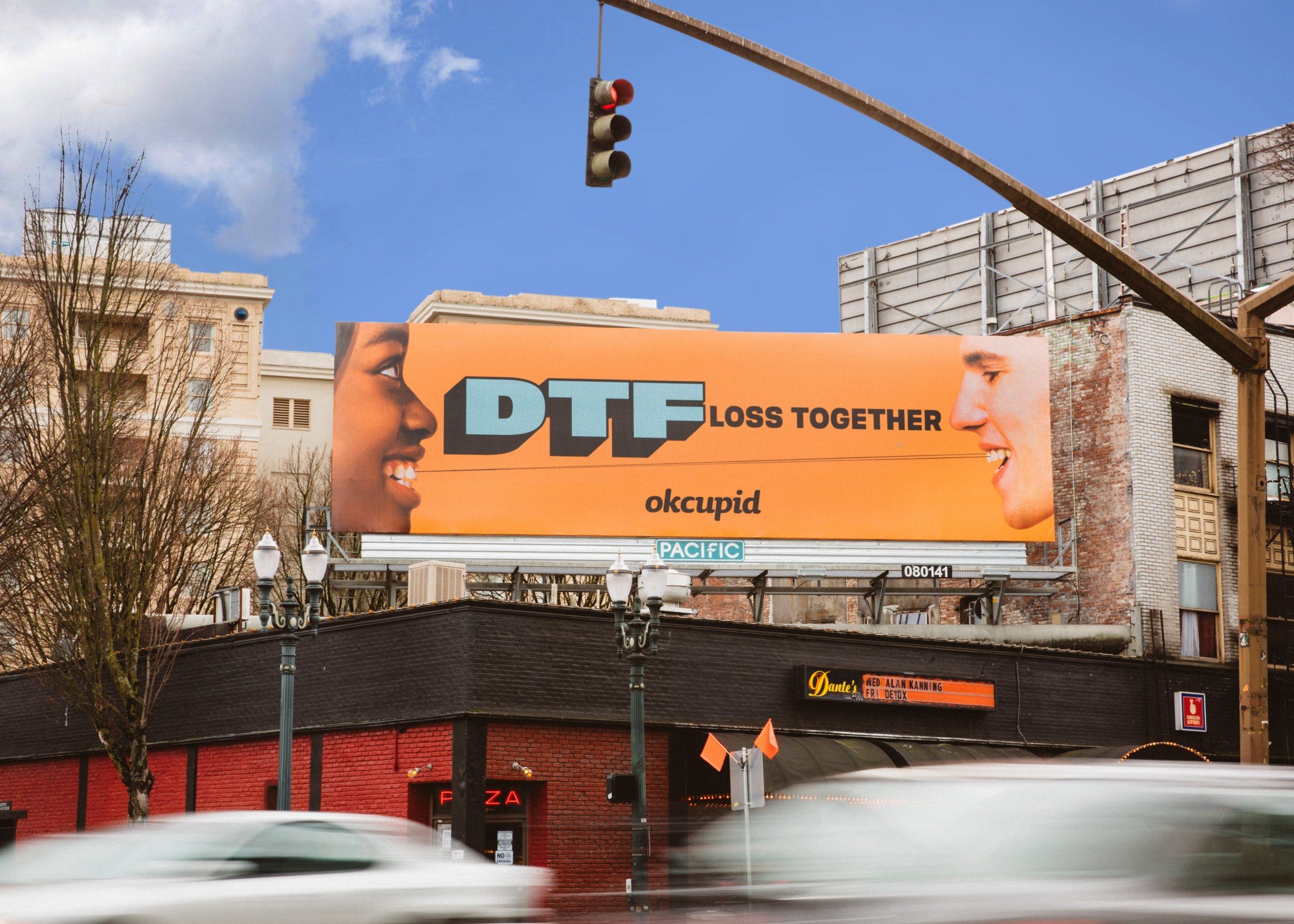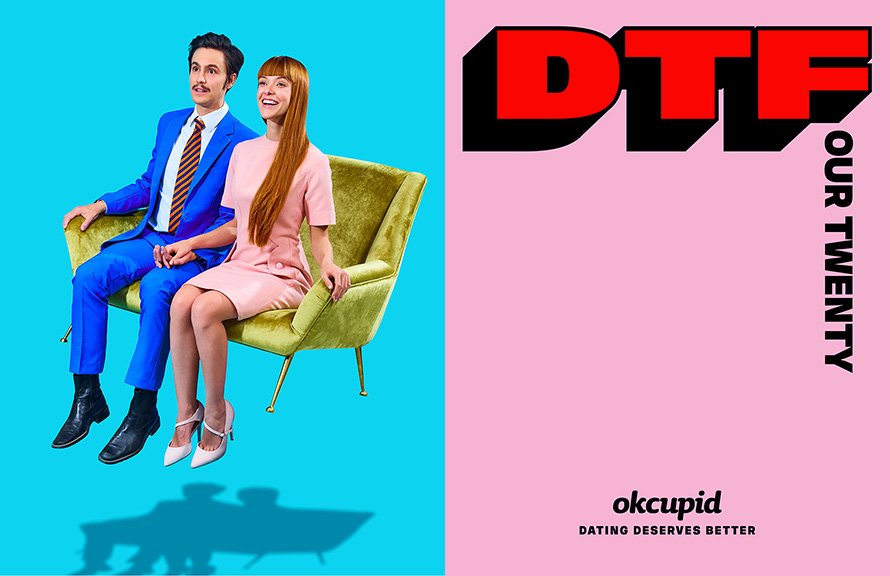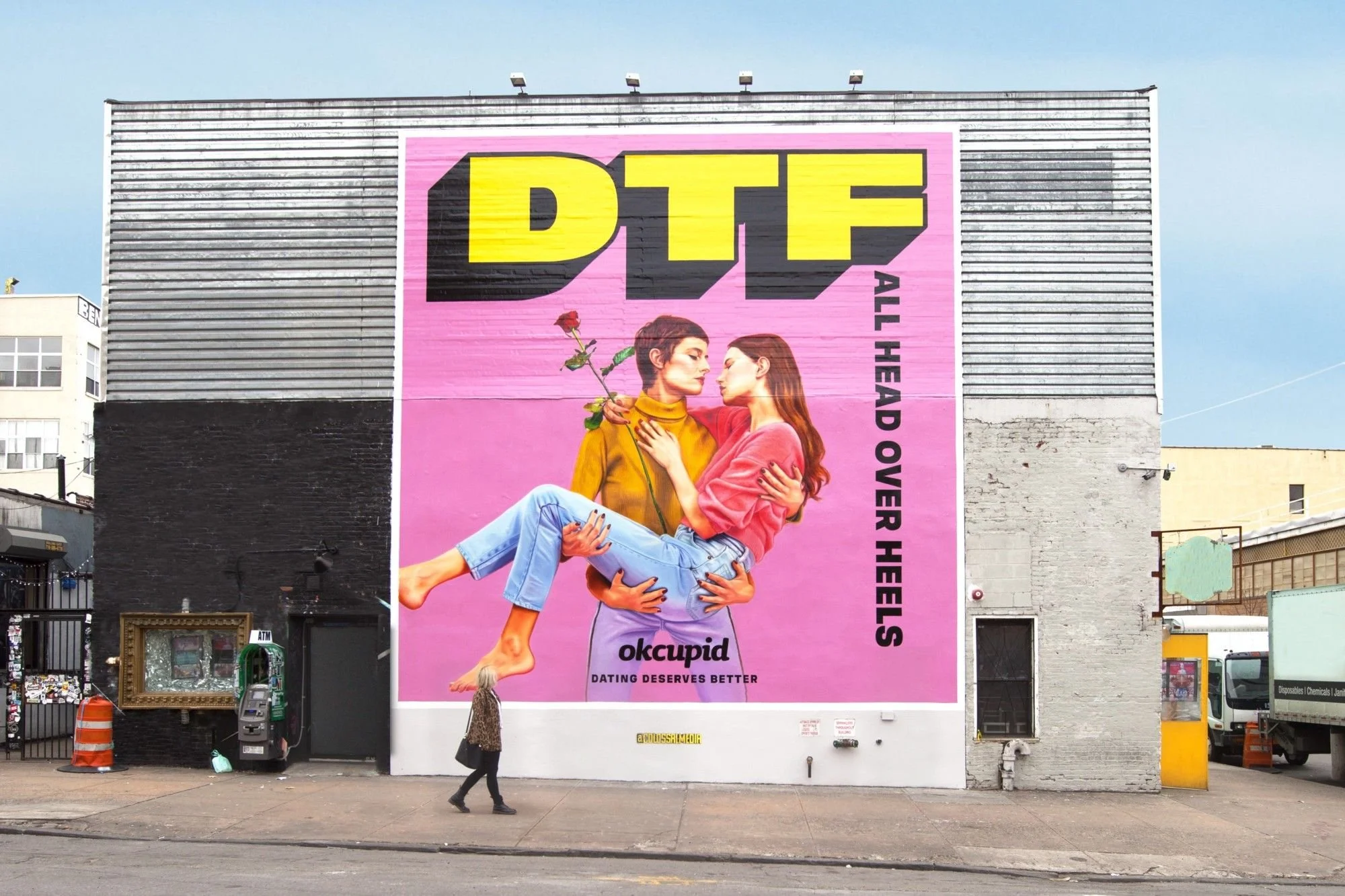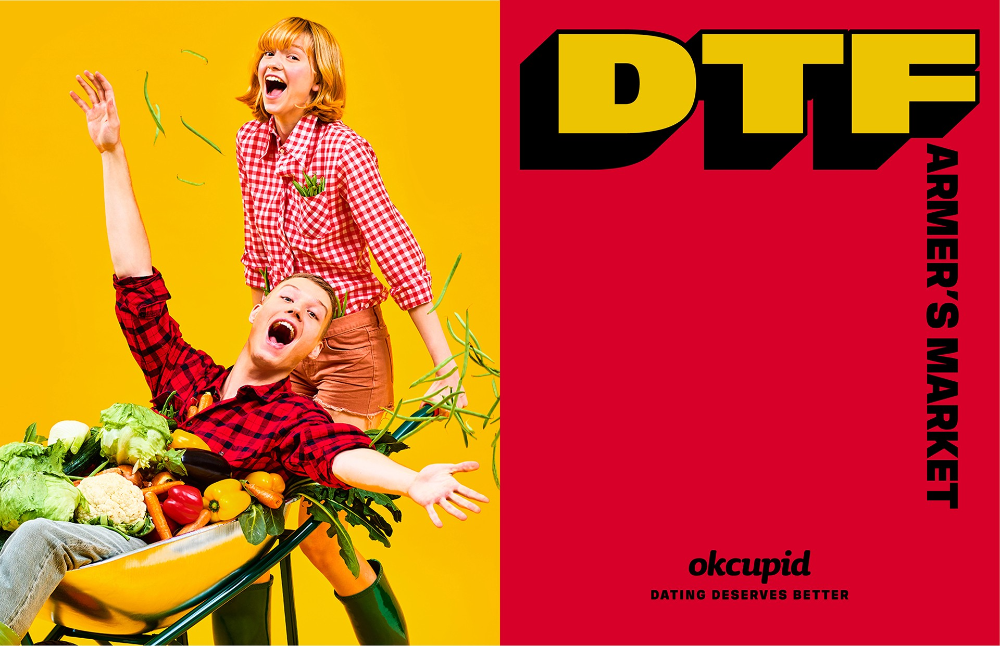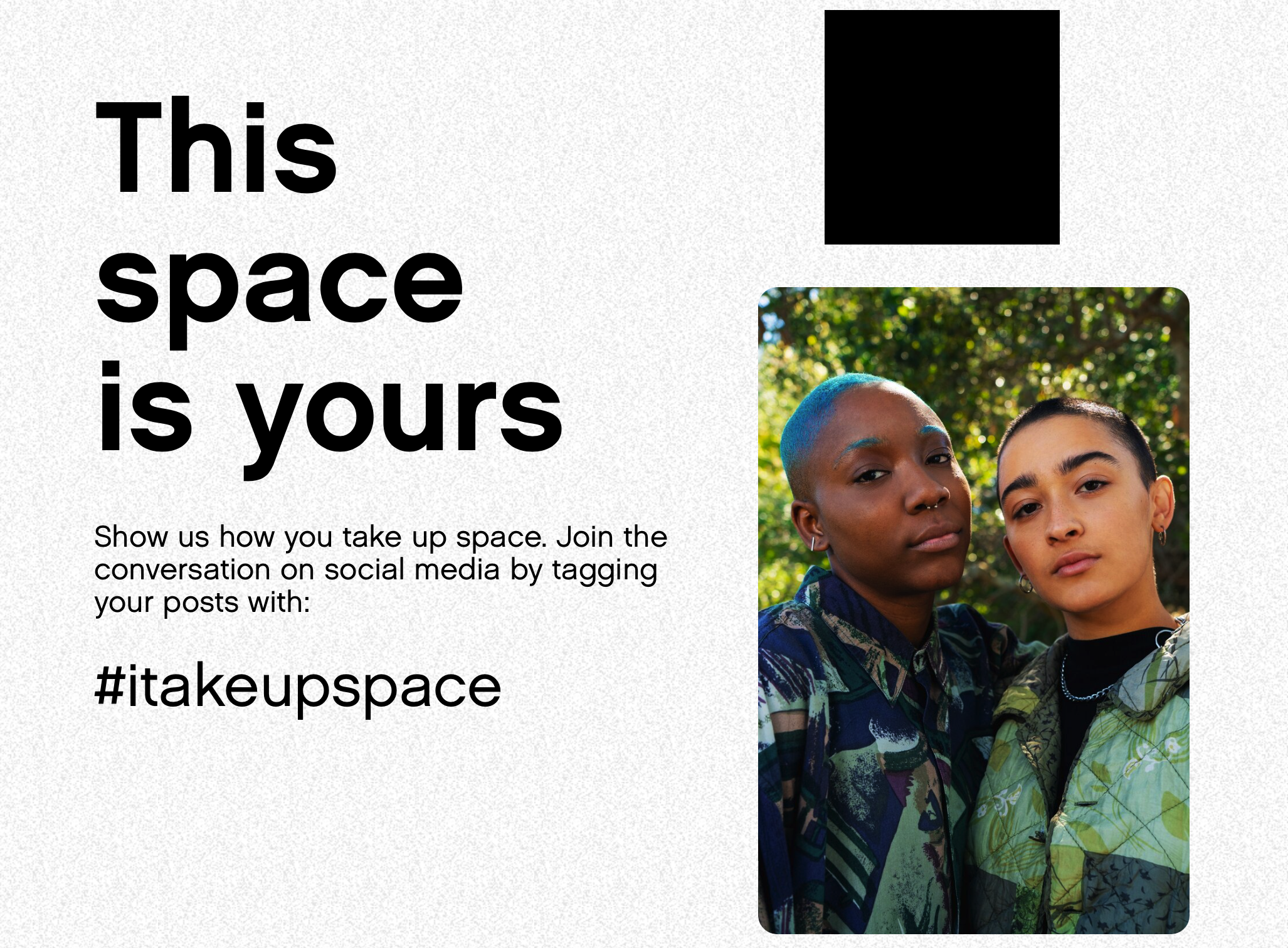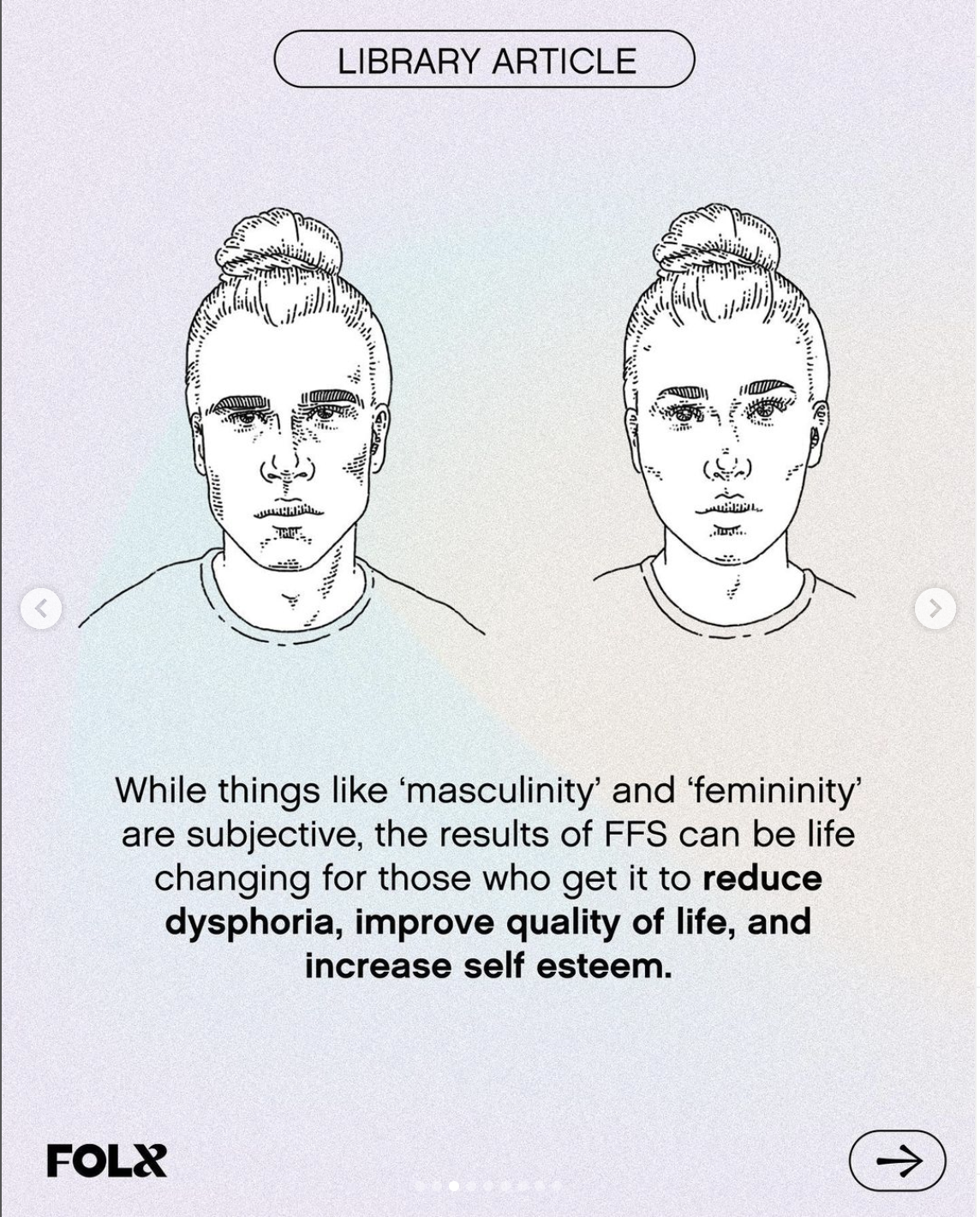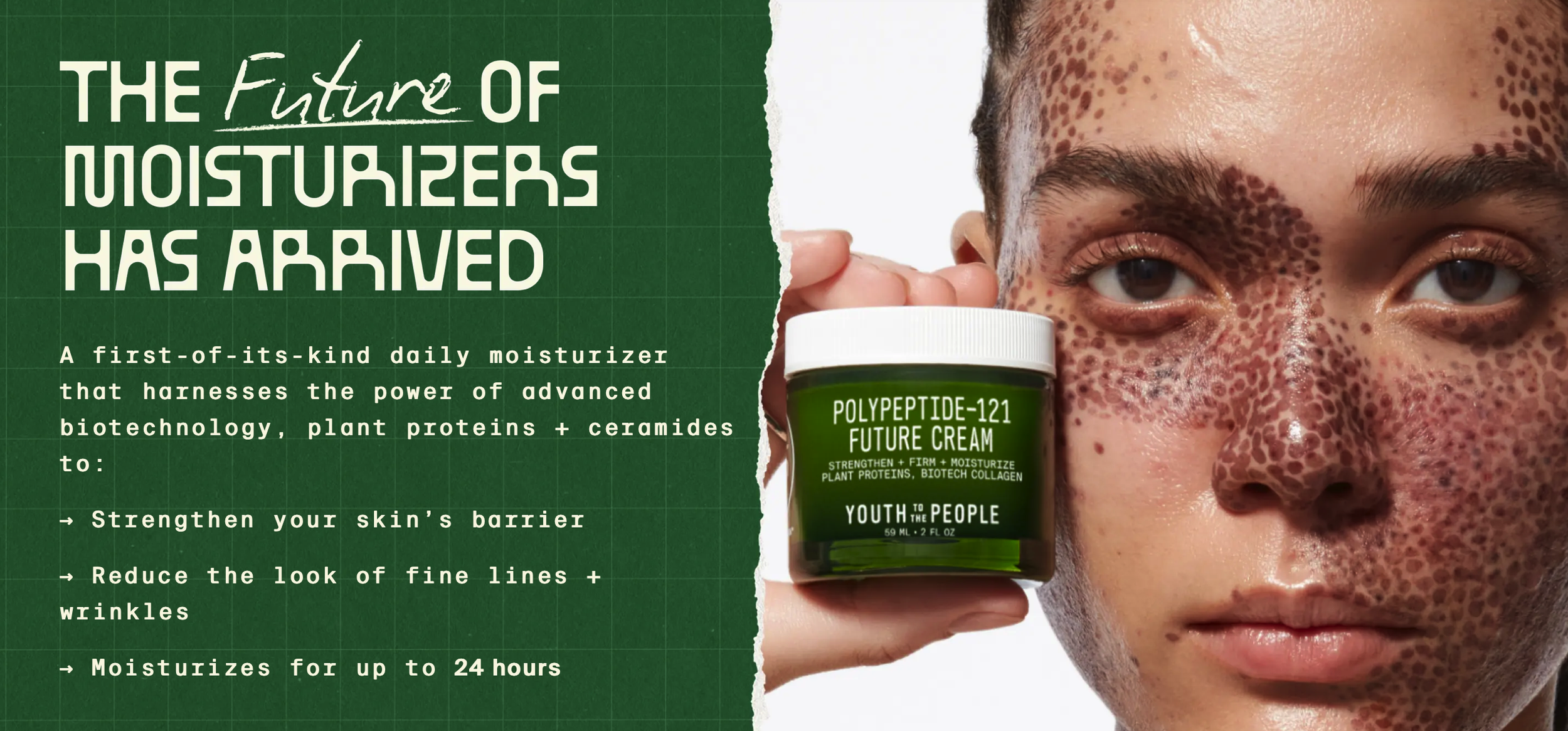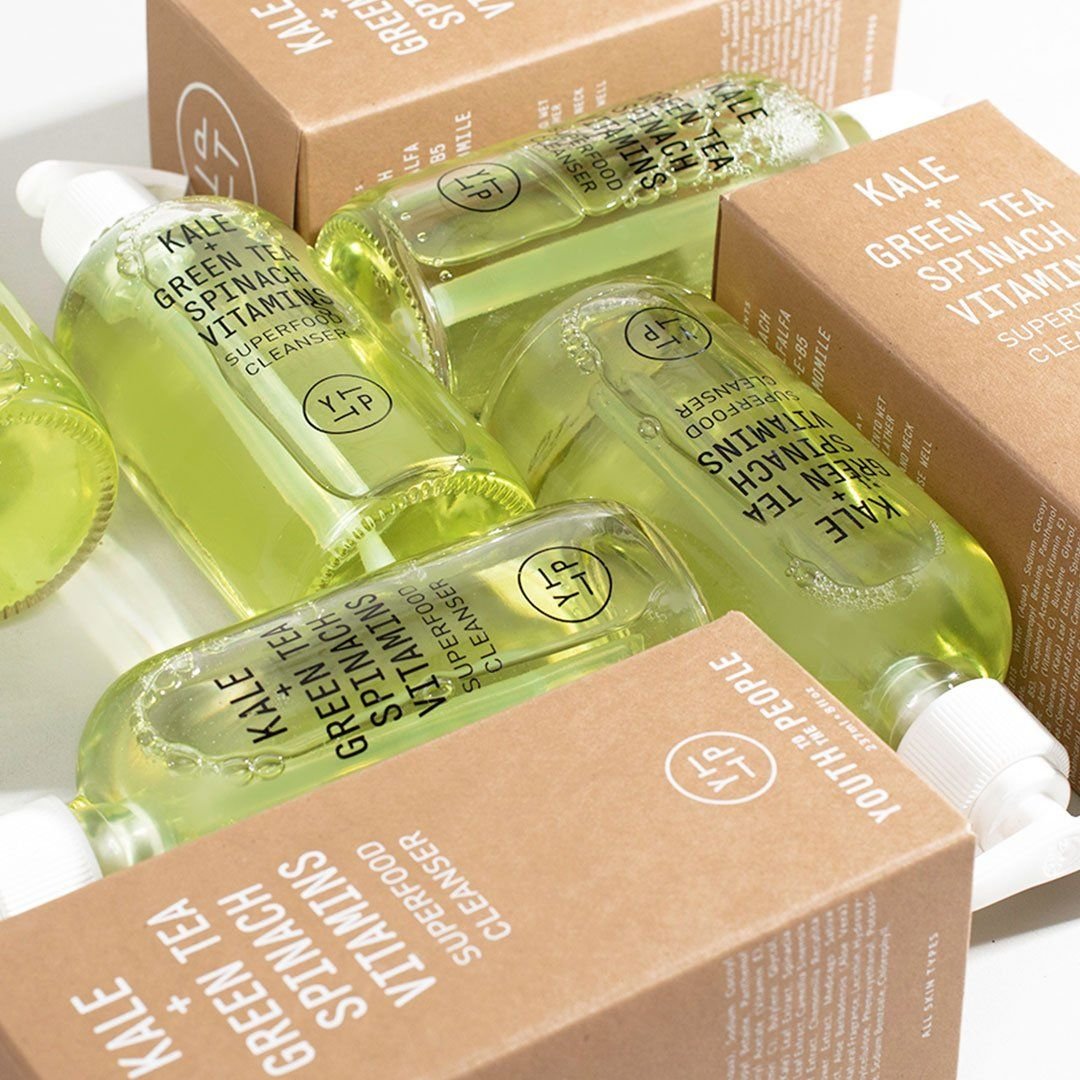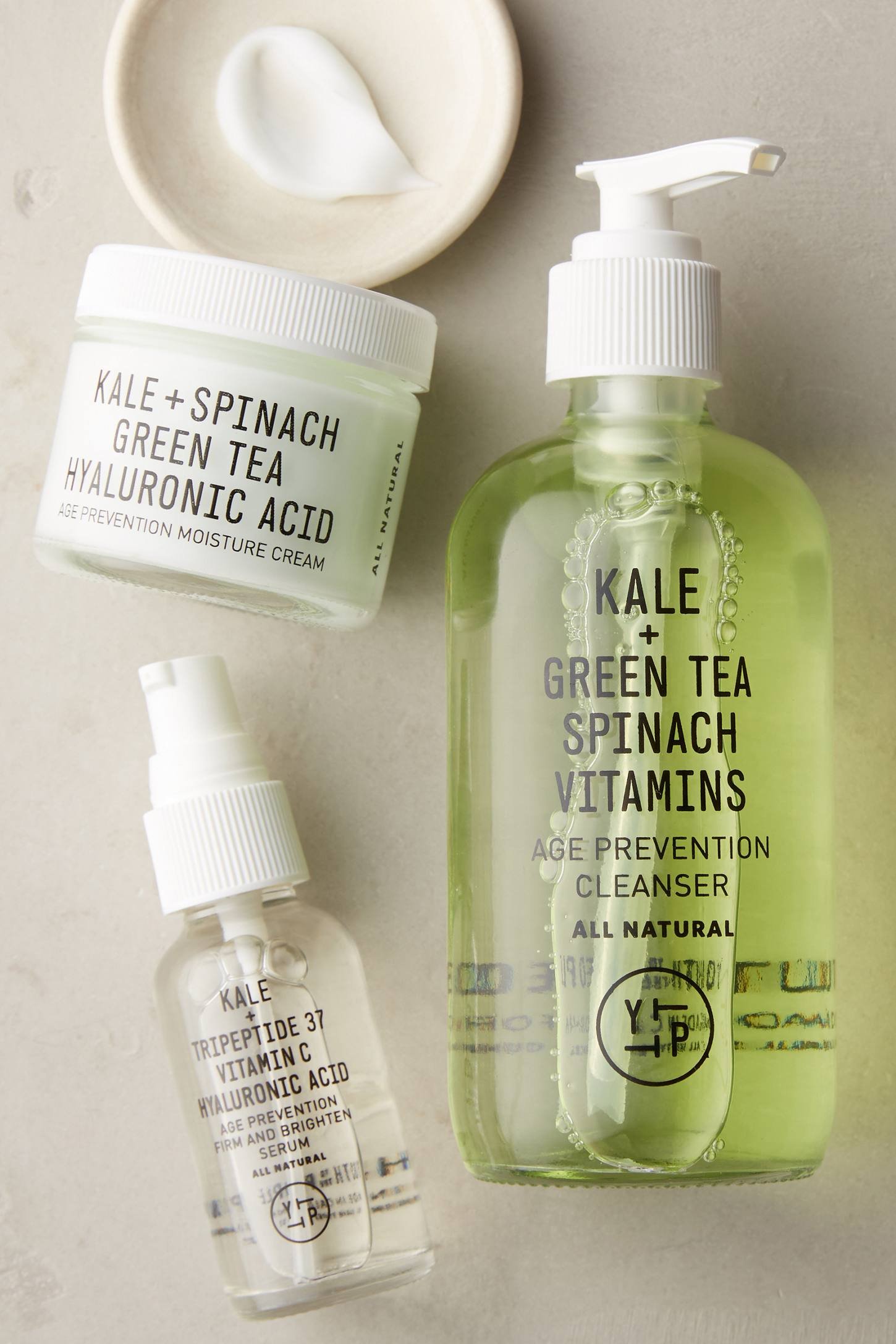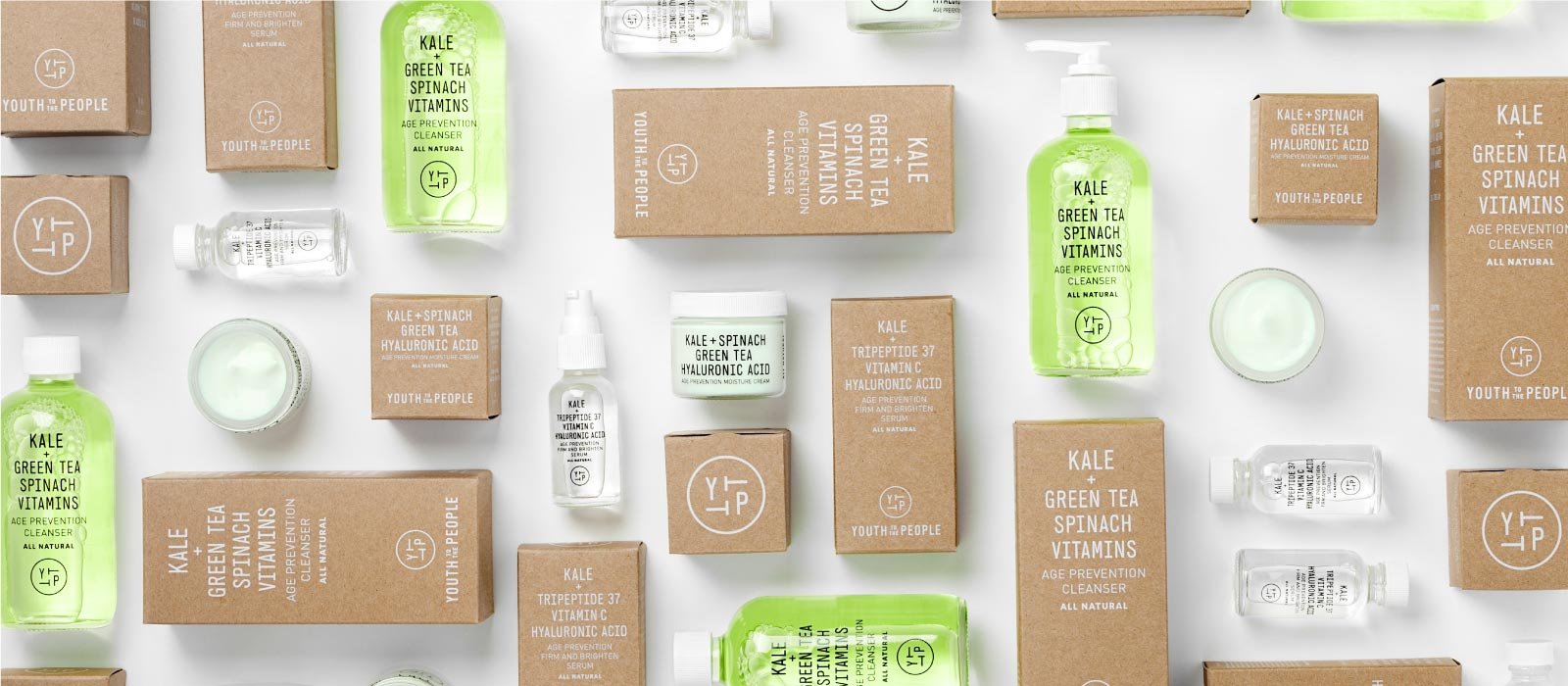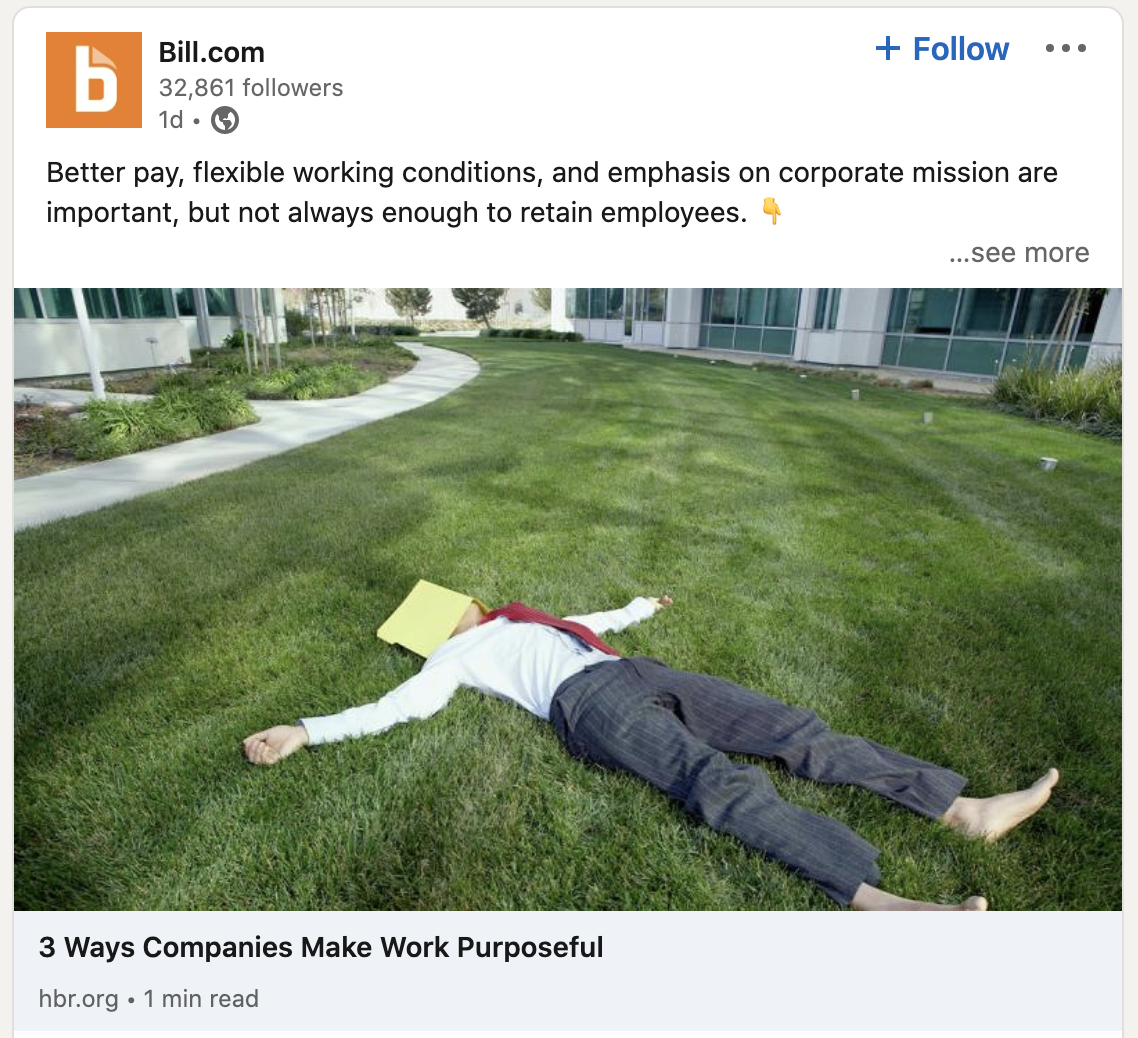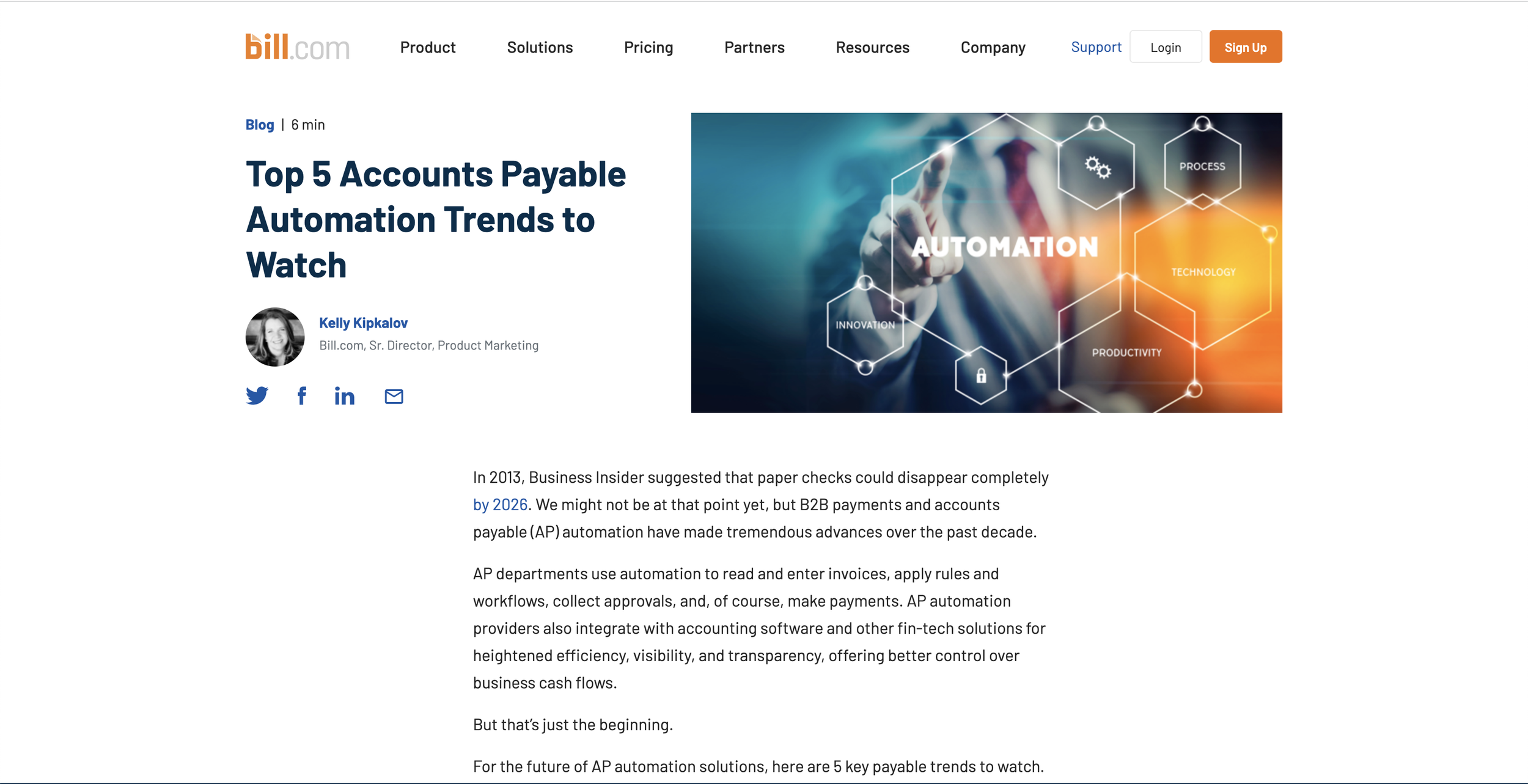When we see successful marketing campaigns it might seem hard to pin down exactly why they’re successful. Even though we might think of branding as a logo or color palette and marketing as social media or an email newsletter, it’s not really a comparison between branding vs marketing. A successful marketing campaign that exceeds expectations is one that strikes synergy between branding and marketing.
RELATED: What’s the Difference Between Branding and Marketing?
In order for branding and marketing campaigns to work together, we can’t forget about consistency. When successful marketing campaigns adhere to clearly defined brand guidelines, the result is a highly recognized brand and all the benefits that come with it (sales, customer loyalty, and differentiation to name a few!). Read on for real examples showing the importance of branding in marketing.
Examples of Branding and Successful Marketing Campaign Synergy
Amazing marketing strategy is hardly going to make a difference if your branding doesn’t provide a clear roadmap. Starting out with crystal clear branding leads to real successful marketing campaign results. Here are some real examples of a beautifully supportive relationship between branding and marketing:
Slack
With the rebrand in 2019, the work communication platform wanted to emphasize their “simplicity and ease of use.” Their visual system that was colorful yet professional, the marketing collateral reflected the brand’s values of collaborative communication that was essential to productive workplaces. Using designs reminiscent of chat bubbles, the visual system consistently and effectively communicated the importance of connection and teamwork. The versatile design for advertising reminded the audience of the brand’s offerings–quick and efficient communication between coworkers.
OkCupid
With the DTF marketing campaign in 2018, the dating website/app turned vapid modern dating lingo on its head to regain its lost customer base of young women. By changing the meaning of DTF into a variety of phrases like “Down to Fire Up the Kiln” and “Down to Finish My Novel,” the brand brought meaningful experiences back into the void of online dating. Not only did this succeed in increasing social media following and sales (30% and 25% respectively), the ads struck up culturally-important conversations and cemented their values as a company (thereby closing the loop of branding supporting marketing, marketing supporting branding, and so on). The campaign worked on several levels by placing vibrant and polished artwork alongside a clear messaging of self-awareness about the current modern dating experience.
FOLX Health
As the health company that’s for “everybody and every body,” FOLX, an LGBTQ+ healthcare company, demonstrated consistency through personable branding that differentiated itself from many other healthcare companies. This approach elevated the thoughtful educational material on their social media, resulting in a modern, bold, inviting, and celebratory feel. This LGBTQ+ healthcare company aligned all marketing collateral with their brand mission and vision, positioning itself as a memorable new face within the healthcare industry.
Youth to the People
Marketed as skincare made from “unconventional” and vegan ingredients, Youth to the People’s branding pillar of sustainability and respect for the planet was reflected in everything from photography to packaging. Their packaging was clean and natural, staying true to their commitment to conscious consumption. All collateral supported their platform of “The Skincare of Now” through unusual modern typography and a sharp visual system.
Examples of Branding and Marketing Campaign Missteps
As a true case in point, it’s difficult to think of brands whose branding and marketing don’t line up. In contrast to branding and marketing synergy, the result of a rift in branding and marketing is an unmemorable brand lacking a clear message and thereby risking customer loyalty. These brands demonstrate the results of that clash, showing the importance of branding in marketing:
Booking.com
If you couldn’t figure out Booking.com’s brand identity, you were not alone. While the brand was constantly marketing through various platforms (social media, TV ads, digital ads, etc.), it was difficult to understand their fragmented messaging. While their TV ads (most recently featuring Idris Elba) elicited a giggle or two, their website looked messy and their visual system fell flat. The result was a forgettable brand with confusing messaging.
Bill.com
When dealing with something as sensitive as billing and invoicing, branding that evokes trust is crucial. Bill.com’s visual system, riddled with stock photos and an unremarkable logo, generated a feeling of clumsy and unprofessional branding. Shaky branding translated to marketing that felt dodgy, putting customer trust in jeopardy.
Hello Fresh
While Hello Fresh made consistent use of the color green to emphasize the “fresh” part of their meal-kit delivery service, they neglected a key part of branding: defining a target audience. The sheer number of podcasts that advertise Hello Fresh demonstrated the lack of focus. Sure, many people could use fresh and convenient meals, but marketing to everyone meant marketing to no one.
The Importance of Branding in Marketing
While branding and marketing are most definitely distinct, and require different perspectives and goals, these brands paint a picture of the two as parts of the same machine that must work together to produce rewarding outcomes. The “it” factor that some brands just seem to have is often branding whose voices are amplified by successful marketing campaigns.
Anastasia Salazar Ltd. is an independent design studio for tailored branding and digital designs. Reach out to learn how we can help you fuel growth and maximize your brand’s impact.


